Video shows Pakistan Taliban boss alive

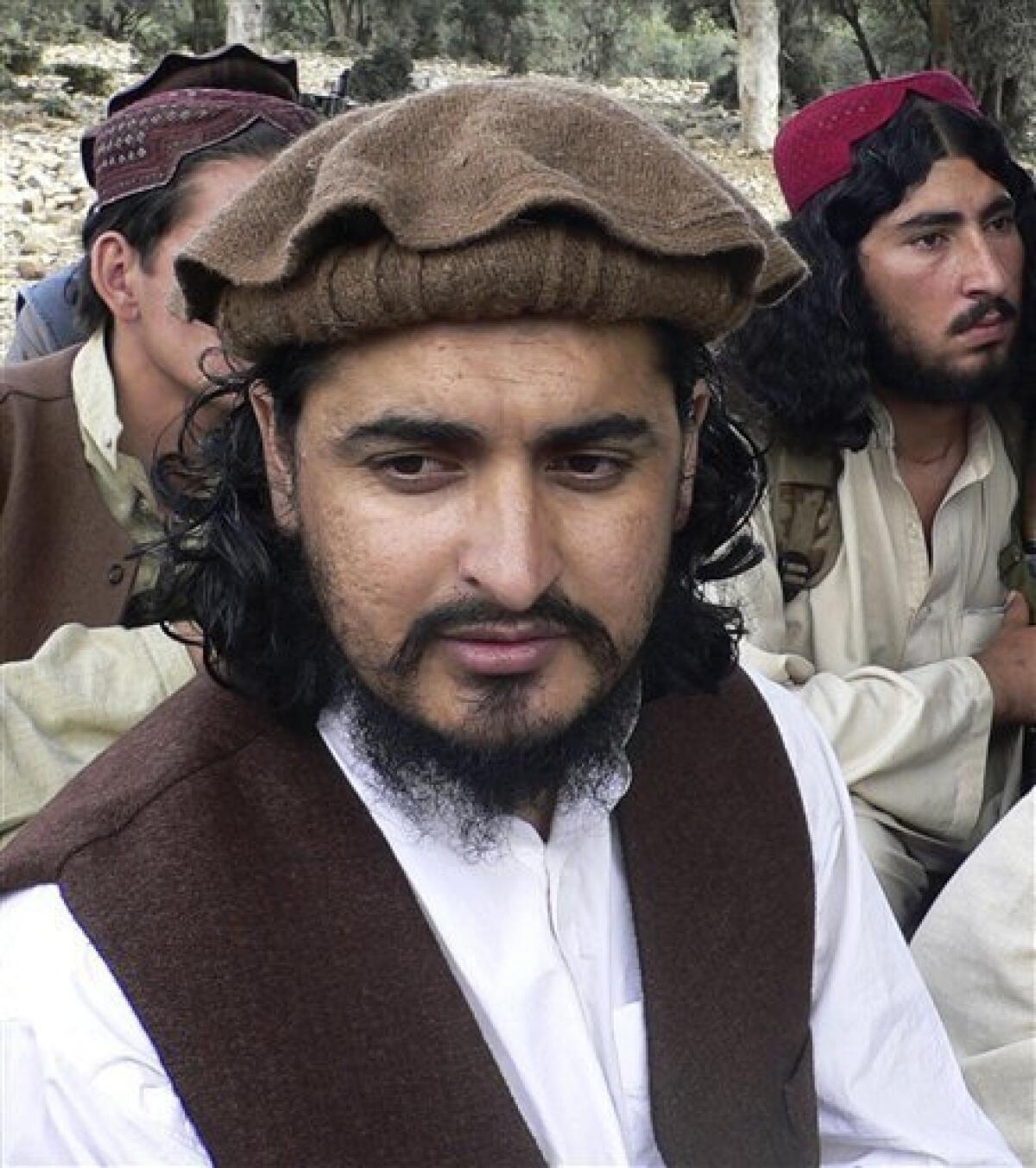
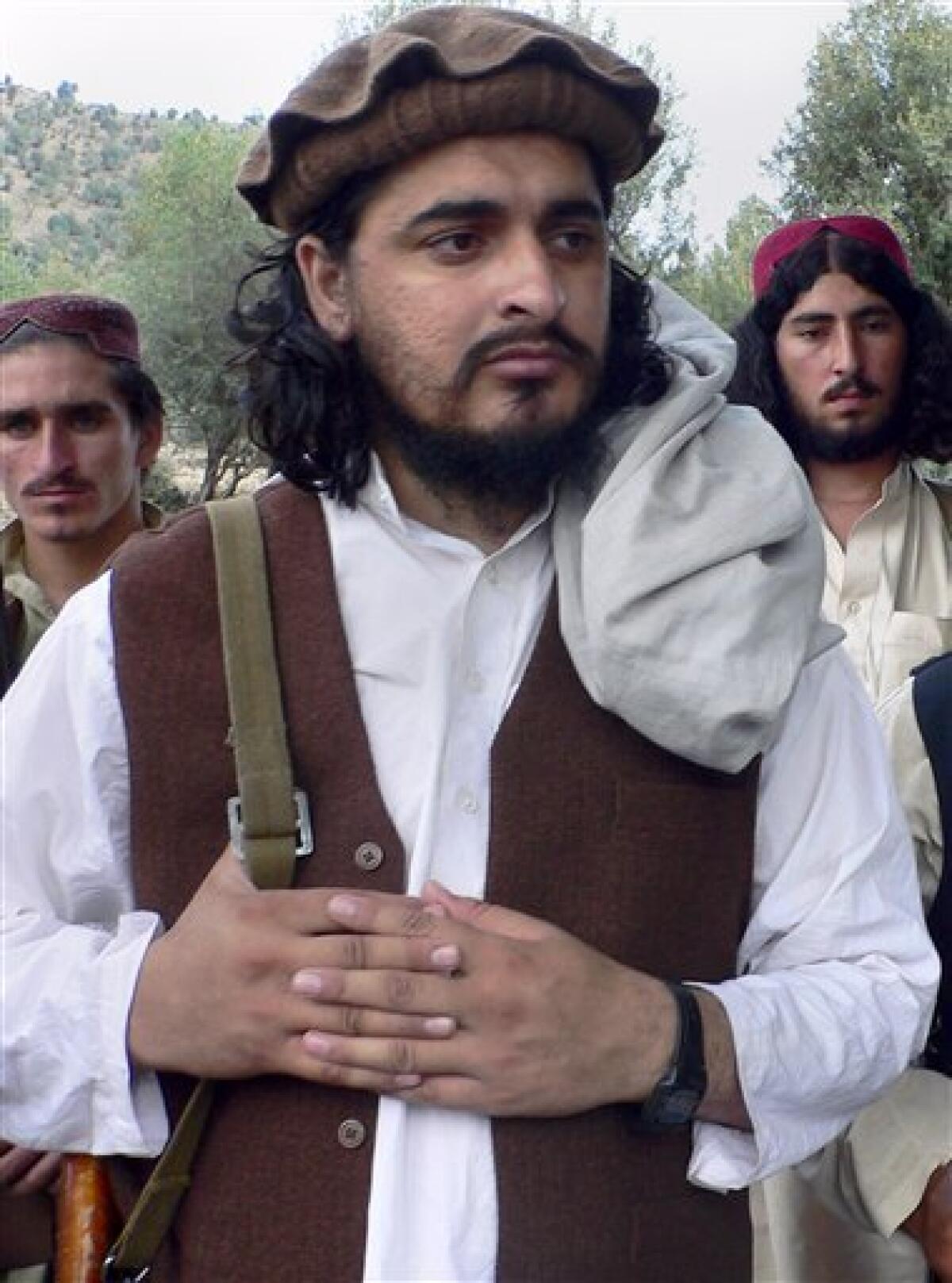
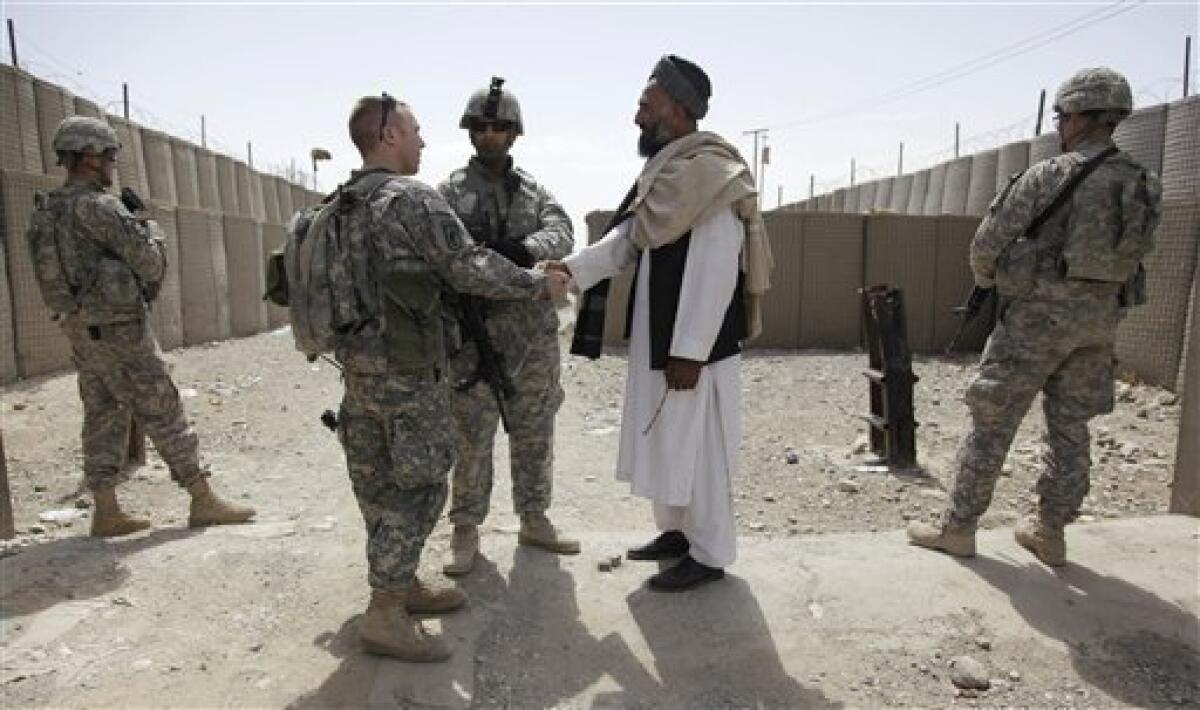
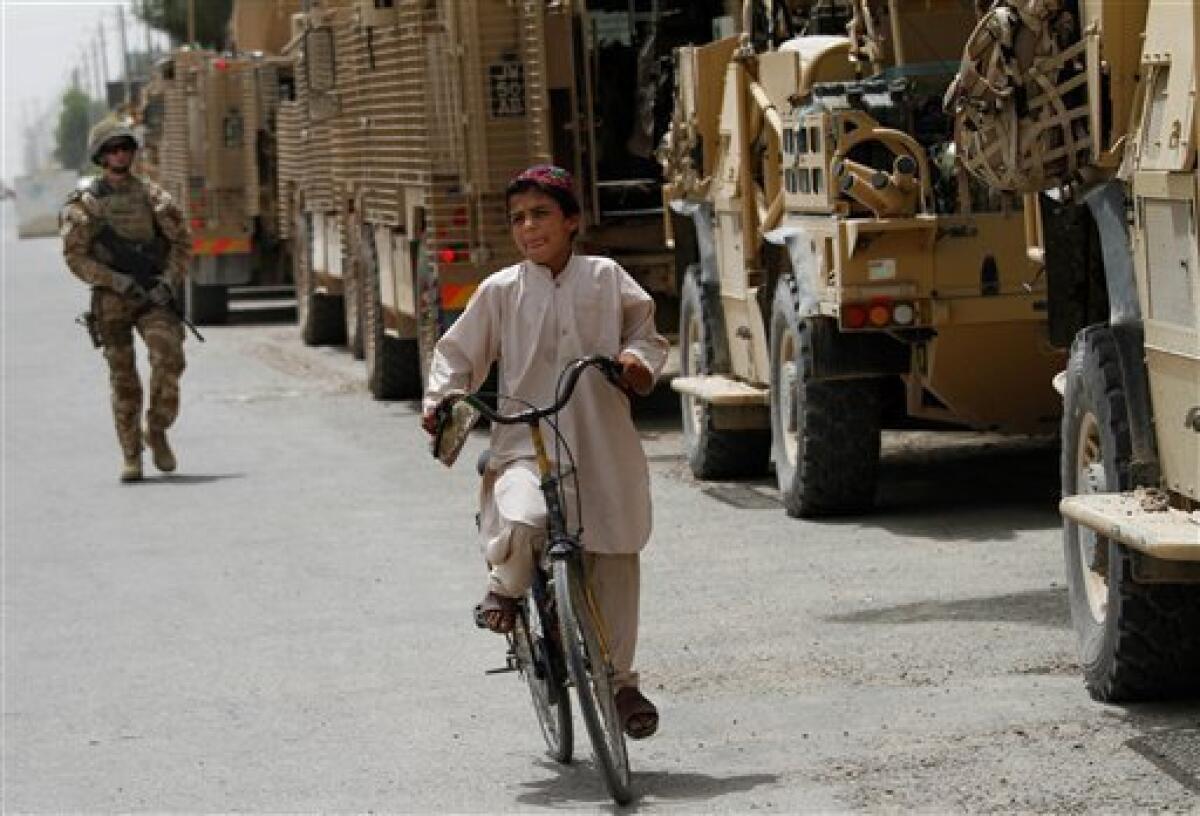
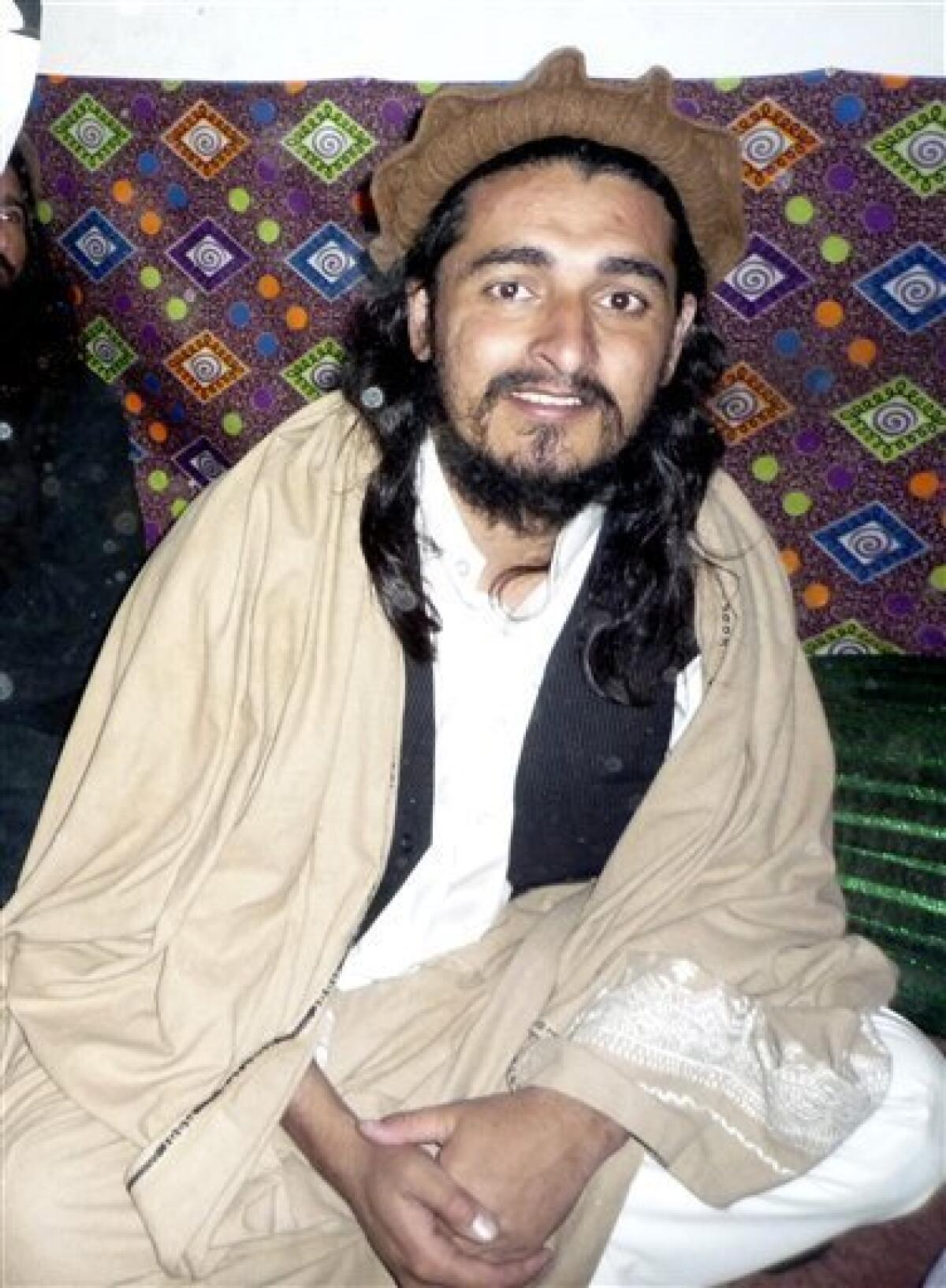
The leader of Pakistan’s Taliban appeared in a video Monday threatening attacks against the U.S. three months after American and Pakistani officials believed he died in a U.S. missile strike.
Hakimullah Mehsud’s emergence occurred as a suicide bomber attacked the gate to a CIA base where seven agency employees were killed last December. The Pakistan Taliban claimed responsibility for that bombing, and Monday’s attack could have been aimed at showing that the group was back in business despite months of setbacks from relentless U.S. missile strikes and a Pakistani military offensive.
The Pakistan Taliban have also claimed responsibility for an attempted car bombing last weekend in New York City’s Times Square - a claim that New York officials question.
U.S. and Pakistani officials had been confident until recently that the ruthless, 30-year-old Mehsud had been killed in a January missile strike along the boundary between South Waziristan and North Waziristan - tribal areas along Pakistan’s border with Afghanistan where Islamist militant groups operate with near impunity.
A video posted on militant websites and broadcast Monday by Pakistani television showed Mehsud seated between two masked, armed men, speaking in Pashto with English subtitles.
“Praise be to God, on the 4th day of April 2010, I give good news to the Muslim world about being alive and healthy,” Mehsud said.
He said Taliban fighters “have penetrated the terrorist America” and will “give extremely painful blows to the fanatic America.” He also warned Washington’s NATO allies that “you will face even worse humiliation, destruction and defeat than America itself” if they continue to support the U.S.-led war effort.
A second, shorter video included a still picture of Mehsud next to a map of the United States showing explosions in three unidentified cities coast to coast, according to IntelCenter, a U.S.-based militant media monitor.
A voice that sounded like Mehsud said in the main Pakistani language of Urdu that the group’s main targets would be American cities and that “good news will be heard within some days or weeks.”
The missile strike that was believed to have killed Mehsud took place about 10 days after the release of a video showing the militant leader seated next to Jordanian doctor Humam Khalil al-Balawi, who carried out the Dec. 30 suicide attack against the CIA base at Camp Chapman in eastern Afghanistan.
Mehsud’s appearance in that video reinforced his group’s claim to have played a significant role in the December attack, in which seven CIA employees and a Jordanian intelligence officer died. The missile strike against Mehsud was widely seen as payback for one of the deadliest attacks in the history of the U.S. spy agency.
As the video showing Mehsud alive appeared Monday, a suicide bomber detonated an explosives-filled truck outside the gate of the same CIA base, located in Afghanistan’s Khost province. The Afghan Interior Ministry said one civilian was killed and two others were wounded in Monday’s attack. A U.S. Army spokesman said only the bomber died but two other people were wounded.
U.S. Army Maj. Justin Platt, spokesman for the 3rd Brigade Combat Team at nearby Salerno Camp, said the bomber blew himself up in an area where vehicles are screened before entering.
“The explosion was very strong and thick smoke covered the sky afterward,” said Wali Mohammad, 17, who was working at a construction site nearby.
U.S. officials discounted speculation that Monday’s bombing at Camp Chapman was linked to Mehsud’s re-emergence after months of silence.
However, the latest videos - including threats against the U.S. and the possibly spurious claim of responsibility for the failed Times Square car bomb - appeared to be aimed at bolstering morale in the Pakistan Taliban, who were routed from their sanctuaries in the border region of South Waziristan by a Pakistani military offensive last year.
In Washington last week, Pentagon spokesman Geoff Morrell said he had seen “no evidence” that Mehsud “is operational today or is executing or exerting authority over the Pakistan Taliban which he once did.”
The Pakistan Taliban was organized in late 2007 under the leadership of Baitullah Mehsud, who was killed in a U.S. missile strike last August that brought Hakimullah Mehsud, no relation, to power. The Pakistani wing has acknowledged the leadership of the Afghan Taliban leader Mullah Mohammad Omar but operates with considerable autonomy, staging attacks in Pakistan and across the border in Afghanistan.
U.S. and Pakistani officials believe the group also has ties to al-Qaida and other Islamist extremist organizations in the lawless border area.
In Germany, the news website Spiegel Online reported Monday that a German-born Islamic militant linked to a group convicted of plotting attacks on U.S. facilities in Germany has been killed in Pakistan. The website said Erich Breininger, who had been sought by German prosecutors since 2008 on suspicion of belonging to a terrorist organization, was killed April 30 in a gunfight with Pakistani troops in the border region with Afghanistan.
Also Monday, the Norwegian military said eight Norwegian soldiers were wounded the day before in a firefight with insurgents in northern Afghanistan, two of them seriously. Norwegian spokesman John Lien said their convoy came under fire Sunday while traveling from a base in Faryab province.
In southern Afghanistan, a NATO service member was killed Monday by a roadside bomb, NATO said. The service member’s identity was not released. In Nuristan province, a civilian contract helicopter crashed while making an emergency landing due to mechanical problems on a NATO base. NATO said all crew members survived.
---
Associated Press writers Deb Riechmann and Rahim Faiez in Kabul, and Zarar Khan and Nahal Toosi in Islamabad contributed to this report.